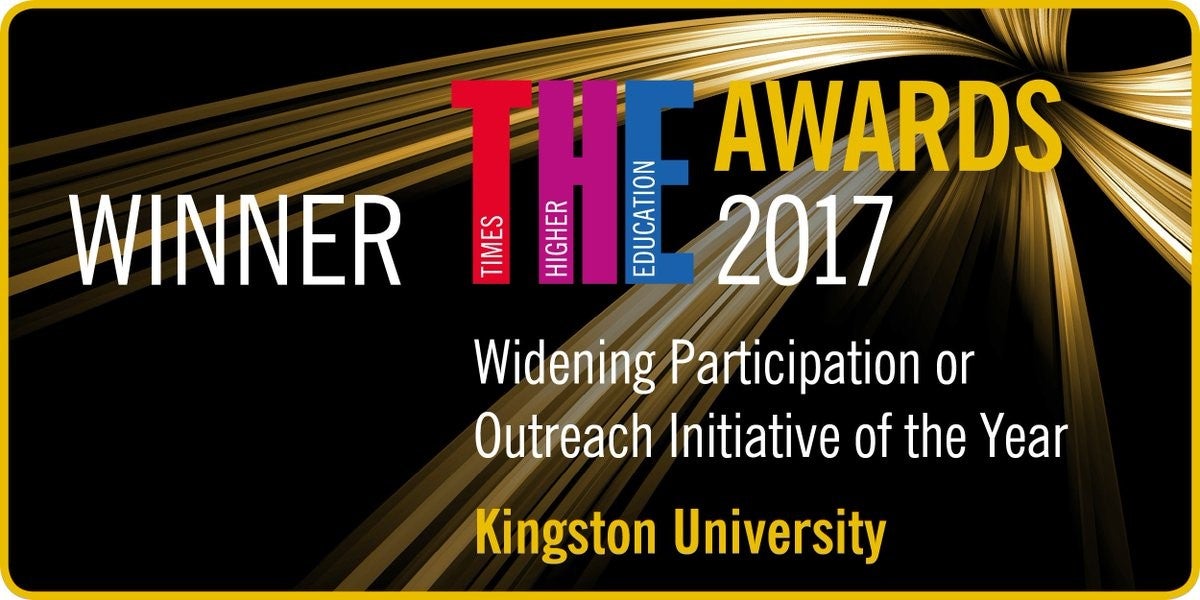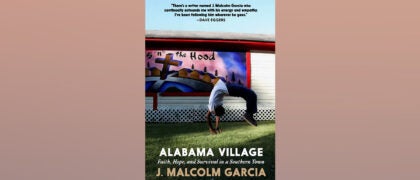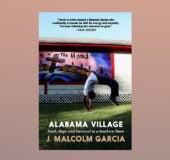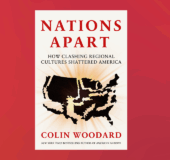Did we steal or borrow the idea of common reading? A publisher and long-term believer in the power of the book to connect communities, it was at an academic conference in Boston in 2006 that I spotted a paper on the practice of ‘common reading’. What a great idea I thought, and I pondered long how to get it established in the UK. We began at Kingston University London (where I co-founded our Masters in Publishing) in 2014-15, with a student-study research project into the leisure and reading habits of our first year undergraduates, and the role ‘pre-arrival shared-reading’ (which is what we have called it) could play in augmenting the welcome they experienced.
Through my U.S. PhD student, I was introduced to the department organising the Common Read at the University of Mississippi. Via skype we began comparing notes on our processes and outcomes, writing a paper on what we had learned from each other (currently in review). It was they who suggested we co-present our findings at the First Year Experience Conference®, this year held in San Antonio, Texas. As my Kingston University library colleague Wendy Morris and I turned out to be the only UK delegates, here are our reflections on the experience.
- The scale of common reading in the US is awesome. Nearly 800 different colleges and universities are involved, and it’s a central part of what Jennifer Keup, Director of the National Resource Centre for the First Year Experience® described as ‘not a conference but a movement’. In so many US establishments of higher education the common book forms a key part of the welcome students receive, with really imaginative related activities providing opportunities for students to meet each other and engage with their new institution.
- At the conference I attended, given the scale of this involvement, common reading is surprisingly unanalysed. Setting up from scratch, and comparatively recently, we were able to embed monitoring processes right from the start, and I hope the publication of our papers and blogs exploring our UK experience will add to the debate. Certainly we recognised many of the issues raised by US colleagues delivering common reading: how to engage students; how to work across universities that are much more comfortable with top-down rather than lateral communications and how to work around those who, whether for reasons of cherished academic independence or other motivations, seek to disrupt or repurpose the common read (turn-taking on disciplinary fit evidently being a frequent issue). At Kingston we found the library particularly valuable in seeking to promote cross-organisational reach; they attend meetings at every level and purpose, and as instinctively pro-book were consistently proactive allies. It seems that librarians are central to the process in the US too.
- The issue of literacy was little mentioned. I attended a variety of relevant presentations and was surprised how little reference was made to the issue of common reading impacting on student literacy. We know from research that reading for pleasure consistently correlates with positive wellbeing for all involved: regular readers tend to be happier, more articulate, safer, more empathetic in the workplace, more professionally successful and better remunerated. As a childhood intervention, reading is the only one with no reported negative side-effects. Yet recent research in the UK has shown there are misplaced assumptions about the levels of literacy of arriving college students, and OECD (page 13) monitoring of reading levels among teenagers offers tremendous scope for improvement, in both UK and US. So are those organising common reads missing a trick by not emphasising to budget holders the enormous long-term value of encouraging students to read for pleasure, and at the time most likely to impact on their ability to access their university curriculum?
- Which book to choose? Of course which title the institution selects is the most visible and hence potentially controversial issue, and we were interested to hear about books that were both positively and negatively received. At Kingston we have consistently stressed that our aim is to find a book that our entire community can read with interest. Our ongoing research into common reading however implies that the project as a whole is one that can be beneficial just through discussion, even if the book in question is only partly read. We found consistently high levels of discussion of the project/book before the students arrive (with family, friends and wider community) and the same process amongst our staff and wider community. So perhaps we can look at common reading laterally, not just for the value that can be gained from each book chosen, and the numbers attending associated events, but for the potential it offers in connecting communities and offering them common ground at a time of immense transition for all involved. This can benefit the institution in all sorts of ways, from improved collegiality and sense of organisational pride to improved enrolment and retention rates. At Kingston we have experienced a surge in connectivity and, within the context of our long-term commitment to inclusion, adding social value and transforming life chances, the introduction of common reading correlates with a significant downturn in our dropout rate.
- Publisher involvement. For our first Kingston University Big Read we had to establish links with publishers and persuade them to work with us to create a bespoke edition of our chosen book. This is very much in their interests as the UK book trade is based on the principle of ‘sale or return’ and customised editions count as unreturnable firm sales. We’ve now worked very successfully with both Penguin and Canongate Books, and both have reported noting a ‘halo effect’ benefitting other titles by our chosen authors. Our aim is to confirm, or start, our students on a journey of reading for pleasure, and reading groups organised mainly by our library have similarly sought to extend involvement beyond the initial book. Although publishers are now starting to contact us to suggest what we might read next, the US publishing industry is much further ahead in accessing the opportunities involved. The sheer scale of FYE® 18 programme of author talks and signing sessions (and free copies of books) was amazing. Lunchtime without a box of sandwiches on my lap and the opportunity to listen to a series of highly articulate writers talking about their work is going to feel a little humdrum in future.
Summarising, we have gained many new contacts during the conference, and I hope our associated research, which you are welcome to share, will fuel the debate in future. As the title of our paper confirmed, ‘Hands across the water’ can hopefully impact on how we can all encourage our students, staff and wider communities to read more in future. And that’s in all our interests.
Alison Baverstock, Associate Professor of Publishing, Department of Journalism, Publishing and Media, Kingston University, UK.
a.baverstock@kingston.ac.uk
@alisonbav
@kubigread





